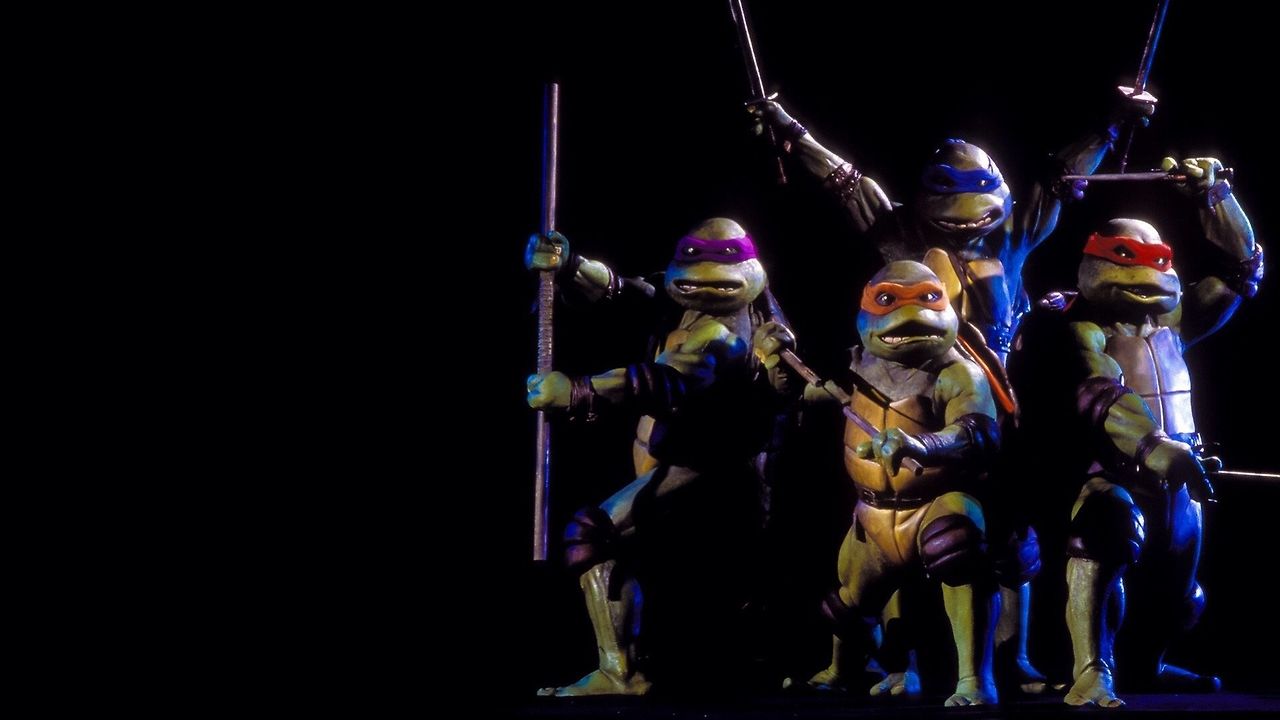The actors soldiered through. Barron honored their sacrifice by finding ways they could pop up elsewhere in the film. “They were going to be heroes for us, but we wouldn’t get to see their faces, so I tried to put each of them on-screen as well,” he explains. Forman, who portrayed Leonardo, got to play a gang member; Tilden, who played Donatello, was a messenger for the ninja Foot Clan; Pais, who played Raphael, was a passenger in a taxi. And that pizza delivery man, responsible for one of the most endlessly quotable scenes? (“Pizza dude’s got thirty seconds.”) None other than Sisti, the in-suit performer who played Michelangelo.
In post-production, most of the performers were replaced by voice actors; only Pais, who’d given Raphael a thick Brooklyn accent, carried over, while Corey Feldman, Robbie Rist and Brian Tochi were brought in to voice his reptilian brethren. Kevin Clash, better known as the voice and puppeteer behind Elmo, took on both responsibilities for Splinter. Of additional note, Sally Menke served as the main editor, ahead of her collaborations with Quentin Tarantino; and in the backdrop, you can spot Sam Rockwell as a gang member, an unnamed cameo Josh will never let him forget.
Barron was extremely proud of the film they’d made, though it didn’t take long for the theatrical opening—in the spring of 1990—to exceed his expectations. “My agent called me up on the Friday when it came out and said, ‘It’s just broken the record for a Friday opening, which doesn’t happen in independent film,’ so I realized it was going to be big,” Barron recalls. “When I’d see the trailer in front of other films, even the adults were cheering.”
The film made more than $25 million in its opening weekend; it closed out its box-office run with $202 million. On opening night in Los Angeles, Barron witnessed pandemonium at a nearby cinema. “Looking at the queue block, I started hearing that kids were coming out and going straight back in for another screening,” he recalls. “That was something else.” For the director, the real secret of the ooze involved bringing larger-than-life characters to the screen in a believable way, both through fully realized practical effects and careful attention to shadow and light. In his efforts to capture the dark-and-gritty aesthetic of the comics, Barron aimed to leave much to viewers’ imaginations, which might explain why it still holds such a place in the hearts of younger audiences.

















